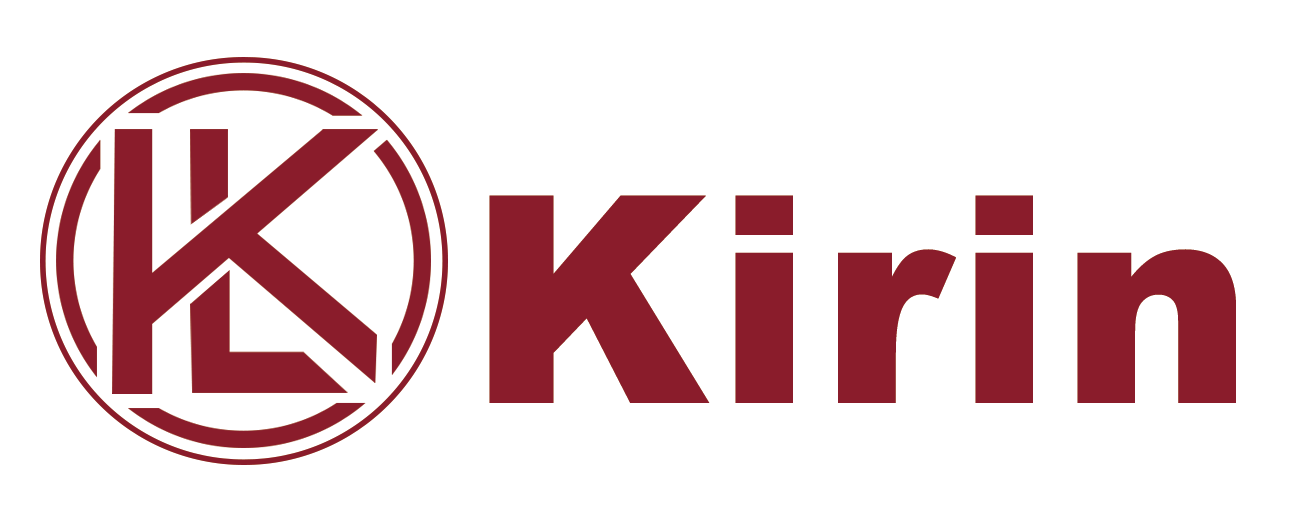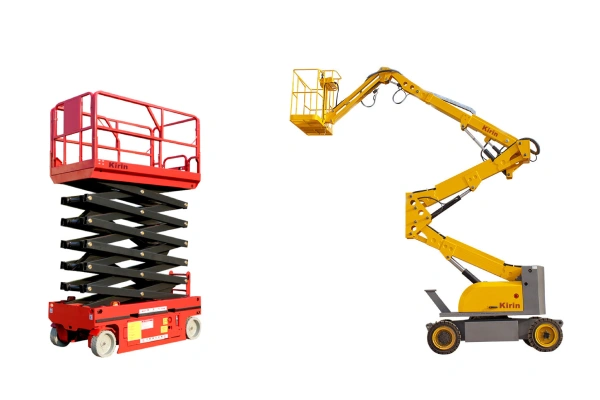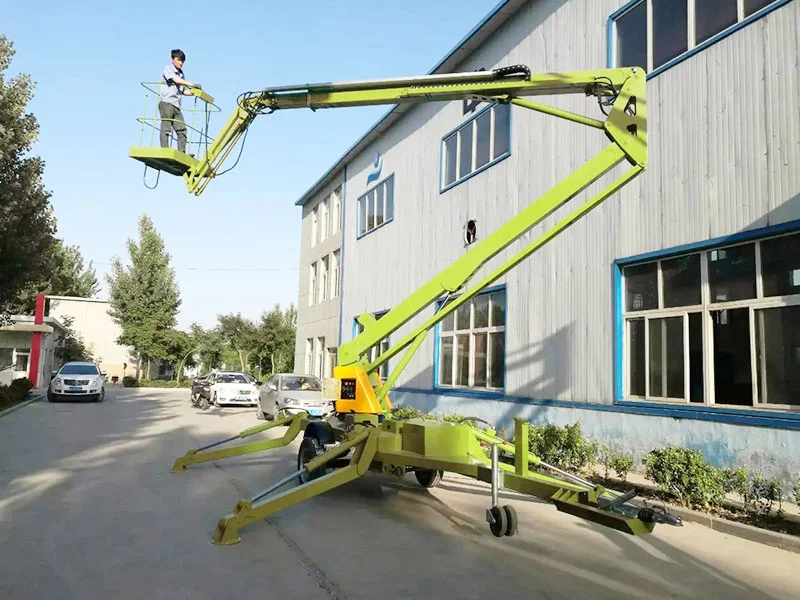
When it comes to working at heights, safety is paramount. Towable boom lifts are incredibly versatile machines, offering a convenient and efficient way to reach elevated work areas. But just how safe are they? This blog post will delve into the safety aspects of towable boom lifts, explore their functionality, discuss common risks and mitigation strategies, and answer some frequently asked questions.
What is a Towable Boom Lift and How Does it Work?
A towable boom lift, also known as a towable man lift or a boom lift towable, is a type of aerial work platform designed for easy transport. Unlike self-propelled boom lifts, these units can be hitched to a truck or other suitable vehicle and towed to the job site. Once in position, outriggers are deployed to stabilize the lift.
A hydraulic system then extends and elevates a boom, at the end of which is a work platform or basket for personnel and their tools. They come in various sizes, with popular models including the 35′ towable boom lift and the 50 ft towable boom lift, offering different working heights and outreach capabilities. Their ability to be easily moved makes them ideal for various applications, from tree trimming and exterior maintenance to construction and sign installation.
How Safe Are Towable Boom Lifts?
The safety of towable boom lifts is a critical concern, and when operated correctly and maintained diligently, they can be very safe. However, like any piece of heavy machinery, there are inherent risks that must be understood and managed.
Understanding the Risks: Common Accidents
Despite their design for safety, accidents can occur if proper procedures are not followed. Common accidents associated with towable boom lifts include:
- Tip-overs: This is perhaps the most dangerous risk, often caused by improper setup (e.g., not deploying outriggers correctly), uneven terrain, exceeding weight limits, or strong winds.
- Falls from the platform: Can happen if operators do not use fall protection, the platform is damaged, or the operator attempts to exit the platform at height.
- Electrocution: Occurs when the boom or platform makes contact with overhead power lines.
- Crushing injuries: Can happen if operators are caught between the boom and a structure, or if the boom inadvertently moves.
- Mechanical failures: Though less common with proper maintenance, component failures can lead to loss of control or unexpected drops.
Essential Safety Features of a Towable Boom Lift
Modern towable boom lifts are equipped with numerous safety features designed to minimize risks:
- Outriggers/Stabilizers: Crucial for leveling the machine and providing a stable base, preventing tip-overs.
- Automatic Leveling Systems: Many towable boom lifts have systems that automatically detect and adjust for uneven terrain.
- Platform Overload Sensors: These sensors alert operators and often prevent operation if the weight limit of the platform is exceeded.
- Emergency Stop Buttons: Located on both the platform and the ground controls, these instantly cut power to the lift.
- Lowering Controls: Ground controls allow for safe lowering of the platform in case of an emergency or operator incapacitation.
- Fall Protection Anchor Points: Designated points on the platform for operators to securely attach their harnesses and lanyards.
- Interlocks: Systems that prevent operation if safety conditions are not met (e.g., outriggers not fully deployed).
Safe Operation Practices: Your Role in Safety
While a boom lift towable has built-in safety features, the operator’s role is paramount. Adhering to safe operation practices is crucial:
- Training and Certification: Only trained and certified personnel should operate a boom lift towable.
- Pre-Operation Inspection: Conduct a thorough inspection before each use, checking controls, hydraulics, tires, and safety features.
- Site Assessment: Evaluate the work area for hazards such as uneven ground, overhead power lines, unstable surfaces, and obstacles.
- Proper Setup: Ensure the boom lift towable is on stable, level ground and all outriggers are fully extended and secured.
- Weight Limits: Never exceed the manufacturer’s specified weight capacity for the platform.
- Fall Protection: Always use a full-body harness and lanyard properly secured to a designated anchor point.
- Maintain Clearances: Keep a safe distance from overhead power lines and other obstructions.
- Weather Conditions: Do not operate a boom lift towable in high winds, lightning, or other adverse weather.
- Communication: Maintain clear communication with ground personnel.
Maintenance and Inspection: Long-Term Safety
Regular maintenance and timely inspections are vital for ensuring the long-term safety and reliability of any boom lift towable. This includes:
- Manufacturer’s Schedule: Adhering to the manufacturer’s recommended maintenance schedule.
- Routine Checks: Daily and weekly checks of fluid levels, tire pressure, and visual inspection for any damage or wear.
- Professional Servicing: Regular professional servicing by qualified technicians to address more complex issues.
- Record Keeping: Maintaining detailed records of all inspections and maintenance performed.
How much does a towable man lift cost?
The cost of a towable man lift, or boom lift towable, can vary significantly depending on several factors, including:
- Working Height and Outreach: Larger models, like a 50 ft boom lift towable, will generally cost more than a 35′ boom lift towable.
- Brand and Model: Reputable brands often have higher price points due to quality and reliability.
- New vs. Used: A new boom lift towable will be considerably more expensive than a used one.
- Features and Options: Additional features like hydraulic outriggers, self-leveling systems, or advanced control panels can increase the price.
Generally, you can expect a new boom lift towable to range from $20,000 to $60,000 or more. Used models can be found for less, sometimes starting around $10,000 to $30,000, depending on age, condition, and hours of use. Renting is also a popular option for short-term projects, with daily, weekly, and monthly rates available.
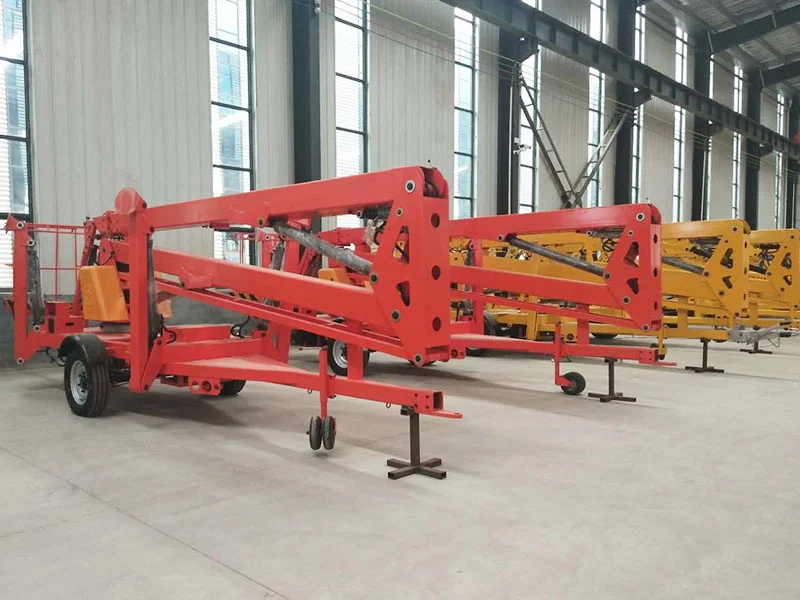
How much does a towable boom lift weight?
The weight of a boom lift towable varies considerably based on its size, reach, and features. A smaller unit, like a 35′ towable boom lift, might weigh between 3,000 to 4,500 pounds (1,360 to 2,040 kg). Larger models, such as a 50 ft boom lift towable, can weigh anywhere from 4,500 to 7,000 pounds (2,040 to 3,175 kg) or even more.
It’s crucial to know the exact weight of the boom lift towable you plan to use, as this will determine the towing capacity required of your vehicle. Always consult the manufacturer’s specifications for precise weight information and ensure your towing vehicle and hitch system are adequately rated.
Choosing a Safe Towable Boom Lift
When acquiring or renting a boom lift towable, prioritize safety by considering:
- Reputable Manufacturer: Choose lifts from well-known manufacturers with a proven track record for safety and quality.
- Safety Features: Ensure the lift is equipped with all essential safety features.
- Maintenance History: If buying used, thoroughly review its maintenance and inspection records.
- Condition: Inspect the lift for any signs of damage, rust, or wear and tear.
- Appropriate Size: Select a boom lift towable with the appropriate working height and outreach for your specific tasks. A 50 ft towable boom lift may be overkill for a 30-foot job, increasing unnecessary risks.
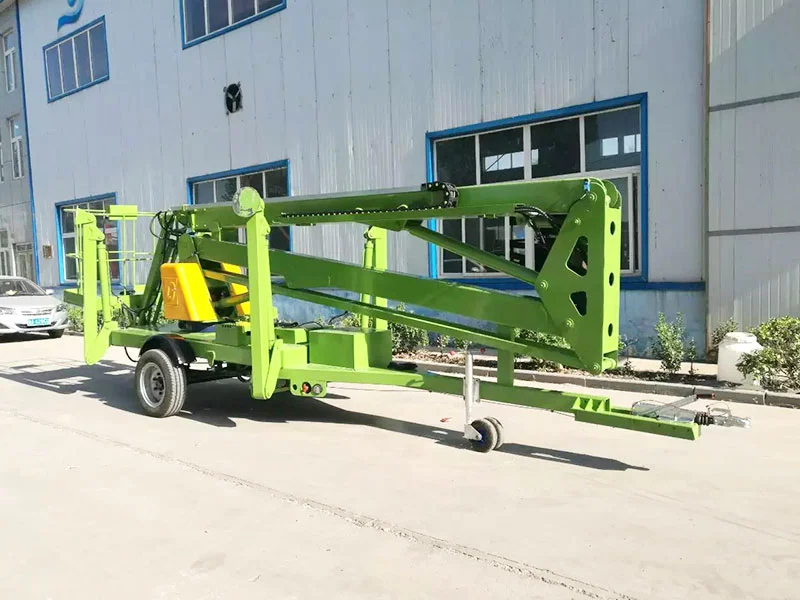
Conclusion
boom lift towables are invaluable tools for reaching elevated work areas efficiently and safely, provided they are used correctly. While inherent risks exist, understanding these risks, utilizing essential safety features, adhering to safe operation practices, and committing to regular maintenance are all critical steps in ensuring the safety of operators and those around them. By prioritizing safety at every stage, from selection to operation and maintenance, you can maximize the benefits of a boom lift towable while minimizing potential hazards.
FAQs
Q1: Do I need a special license to operate a towable boom lift?
A1: While specific licensing requirements vary by region and country, generally, operators need to be properly trained and certified on the safe operation of aerial work platforms, including towable boom lifts.
Q2: Can I operate a towable boom lift on uneven ground?
A2: Towable boom lifts are designed to be set up on level and stable ground. While some have automatic leveling features, significant slopes or uneven terrain can compromise stability and should be avoided. Always consult the operator’s manual regarding permissible ground conditions.
Q3: How often should a towable boom lift be inspected?
A3: Daily pre-operation checks are essential. Additionally, regular periodic inspections (e.g., quarterly or annually) by a qualified professional are typically required to ensure all components are in good working order and meet safety standards.
Q4: What is the maximum wind speed for operating a towable boom lift?
A4: Manufacturers specify maximum permissible wind speeds for safe operation, typically around 28 mph (45 km/h). Always consult the operator’s manual for the specific model you are using, and err on the side of caution in windy conditions.
Q5: Can two people be on a towable boom lift platform at once?
A5: The maximum number of occupants and the maximum weight capacity for the platform are clearly stated in the operator’s manual and often on a decal on the platform itself. Never exceed these limits. Some boom lift towable models are designed for one person, while others can accommodate two, as long as the total weight limit is not exceeded.
